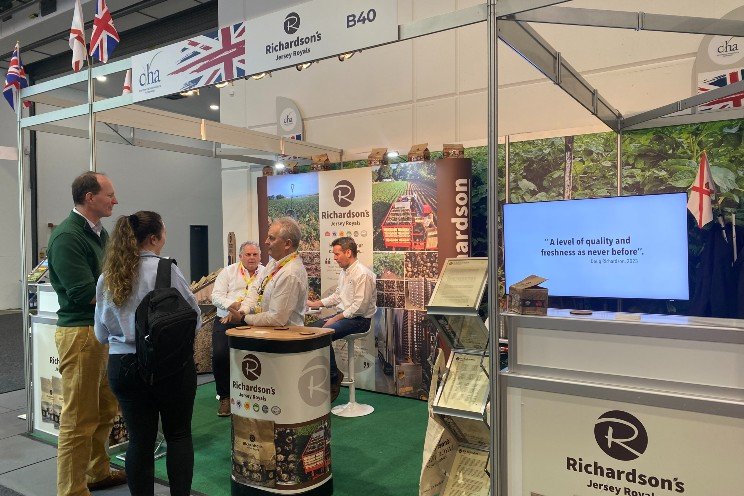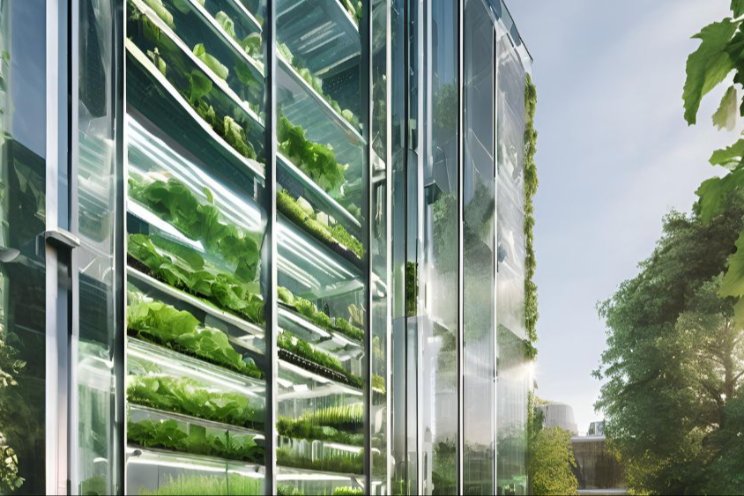Bringing food production back to cities
Added on 30 June 2022

The world is urbanizing at a rapid pace. By 2030, 60 per cent of the world population will live in urban regions. Because of this, megacities around the globe continue to expand, causing the green areas around cities - better known as green belts - to disappear. And with them the farmers who used to feed the urban dwellers.
The result? A world where cities heavily rely on a system in which food is produced on an increasingly industrial scale in a few centralised locations.
This type of food production has many negative consequences, both socially and ecologically. Subsidies on fossil fuels have made it economically viable to ship food halfway across the world. This creates an enormous amount of CO2 that is destroying our climate.
Continue reading.
Photo created by by Gigi - www.unsplash.com
Agritecture Editor's Note: With 60% of the world's population set to be dwelling in cities within the next decade, it is time to ask ourselves how we can rethink our food systems on a structural level to best serve these urban communities. Meiny Prins of Priva shares her expert opinion on why we need to localize, and specifically urbanize, our food systems in order to adapt to the changing needs of our communities and of our planet.
Source: Agritecture
More news















